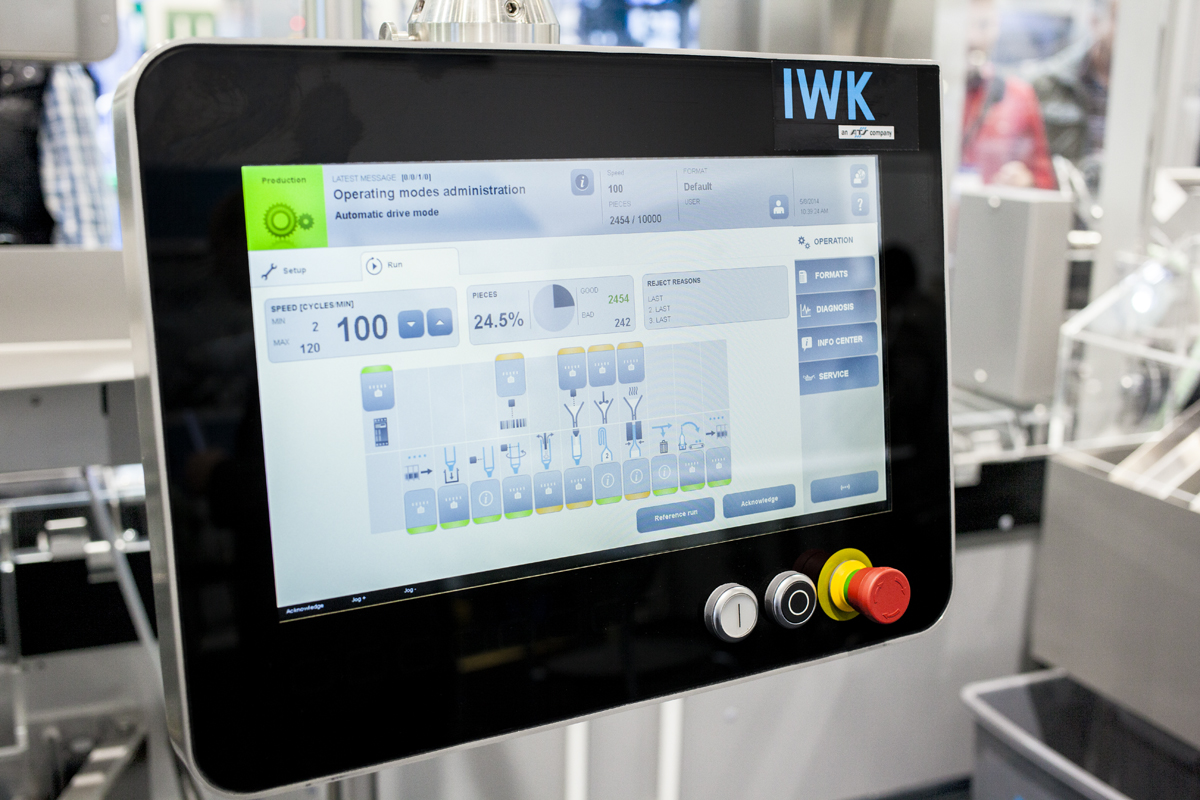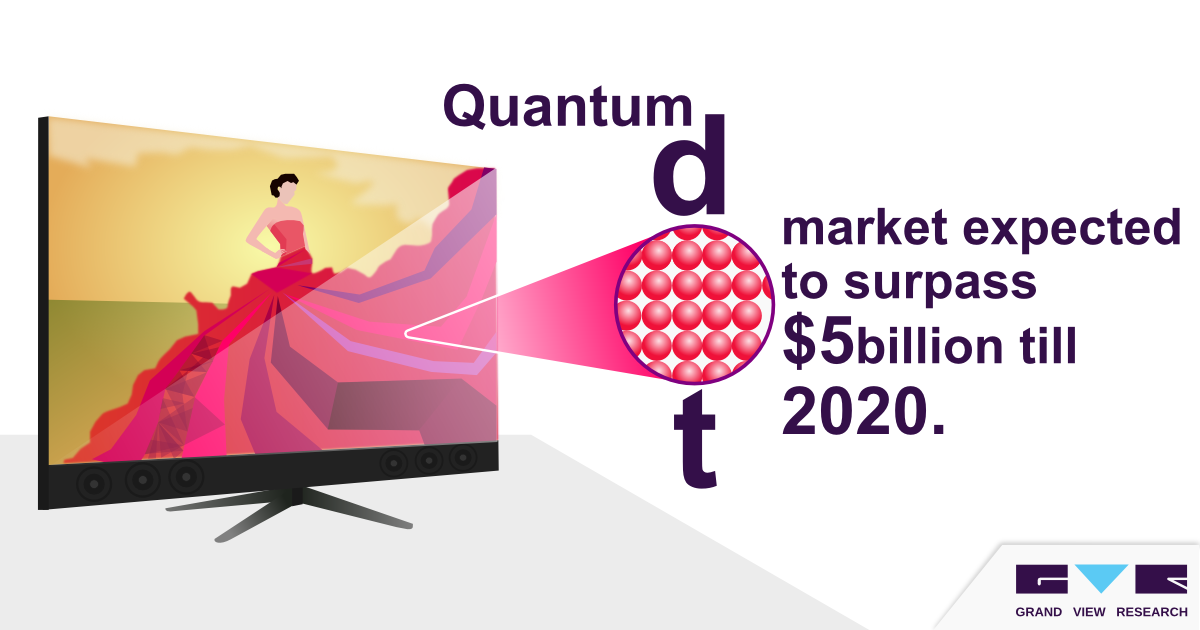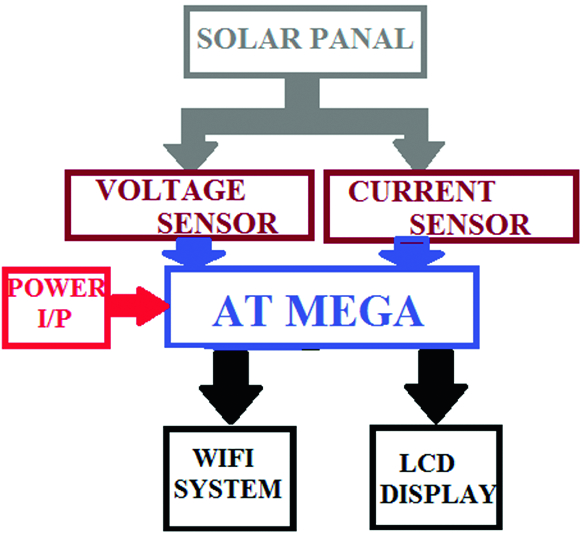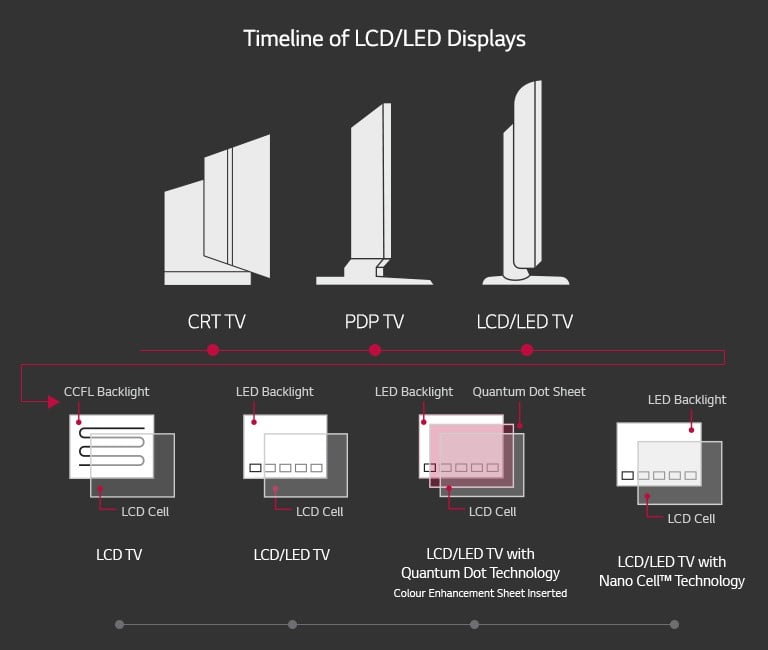The reaction may also be accelerated by using additives such as phosphorus and boron dopants and molecular defects in the case of solar panels.
Nanoparticles in solar panels lcd screen.
Some believe field emission display fed technology utilizing carbon nanotubes cnt as electron emitter will be the biggest threat to lcd s dominance in the panel display arena and that fed is the technology of choice for ultra high definition wide screen televisions.
Feds in a sense are a hybrid of crt televisions and lcd televisions.
This could help us take advantage of solar energy in cities where space for solar.
The majority of solar panels that are produced in ever increasing quantities use silicon solar panels that usually have a service life of 25 to 30 years tend to degrade and produce less.
Rail free mounting and interlocking brackets fasten panels together for one solid array.
Combining silver nanowires titanium dioixde nanoparticles and a polymer that absorbs infrared light to make a solar cell that is about 70 percent transparent to visible light allowing it to be used in windows.
Solar panels are designed with durability of both the array and your roof in mind simple installation and proprietary hardware mean minimum impact to your roof.
An inexpensive solar cell designed to produce hydrogen is being developed using iron oxide nanoparticles.
Kelley is developing nanoparticles that are just the right size for solar cells they can absorb all visible light but nothing from the invisible light at the red end of the spectrum which would.
Researchers discover an eco friendly way to recycle silicon used in solar panels into nanoparticles.
Ordinary glass panels can act as solar panels when a layer of nanoparticles is sandwiched between two panes.
By filtering out the unnecessary shades the resultant image is of the highest quality.
The fact that oled and lcd transparent displays integrate the necessary electronics directly into the transparent material limits their transparency and makes them complex and expensive.
.jpg)


















.png)







